Saint Augustine, Florida, is a unique city with a remarkable history. It is famous for being the oldest continuously inhabited European-established settlement in the United States. This historical gem offers numerous engaging activities, making it an ideal destination for travelers seeking entertainment and education.
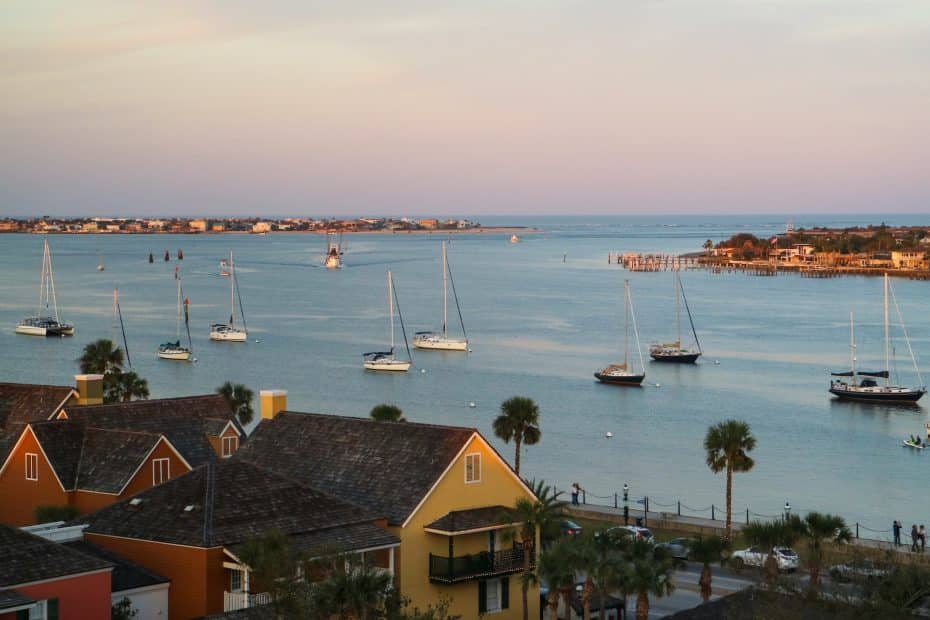
Founded by the Spanish as San Agustín de la Florida in 1565, this town boasts iconic landmarks such as the Castillo de San Marcos and the Lightner Museum. Aside from being striking architectural wonders, these buildings also hold fascinating stories regarding their foundation and construction.
Saint Augustine’s art and culture scene is vibrant and diverse. From lively street murals to intimate art galleries, the city has something for everyone’s taste. The live music performances in various venues across town also capture its upbeat spirit.
For those wishing to explore Saint Augustine’s natural beauty, plenty of parks and beaches are also found nearby.
Top Attractions in Saint Augustine, Florida
Castillo de San Marcos National Monument
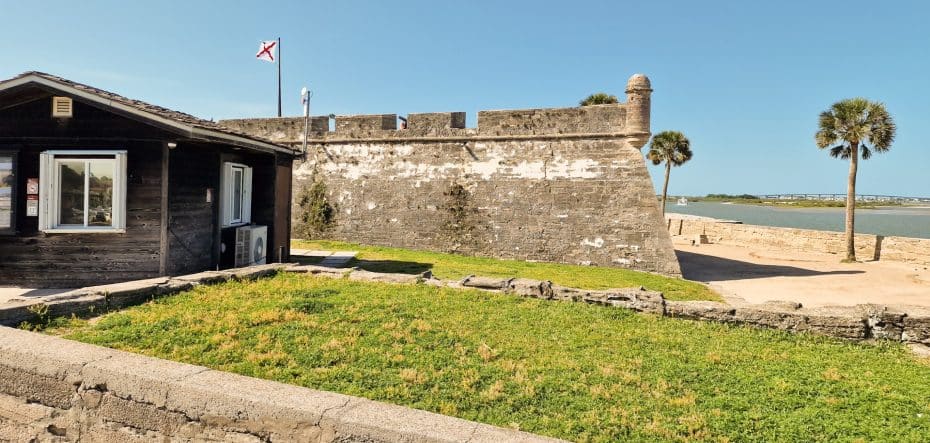
The Castillo de San Marcos National Monument is a historic fortress built by the Spanish between 1672 and 1695 to protect their territory in the New World from foreign invasion. The monument is made of coquina, a local limestone composed of shell fragments. This made it more resistant to attacks as the walls could withstand cannon fire better than most materials.
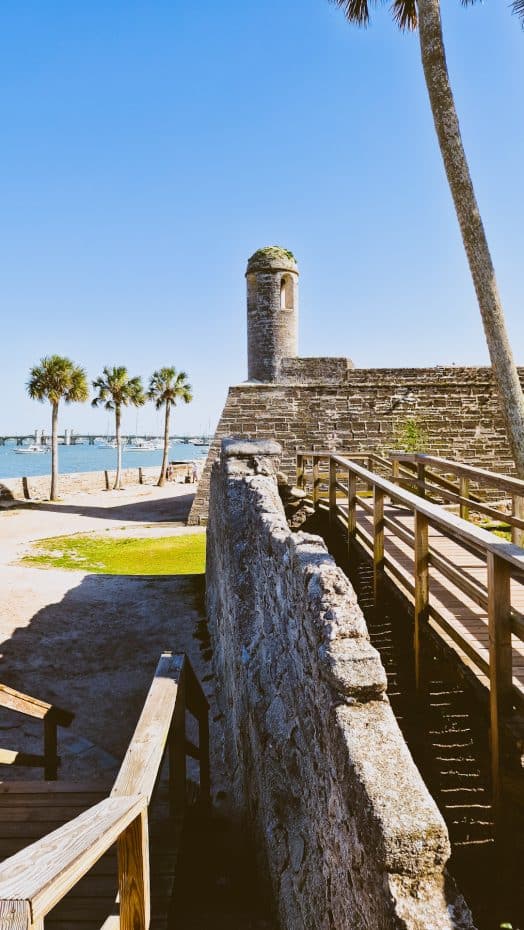
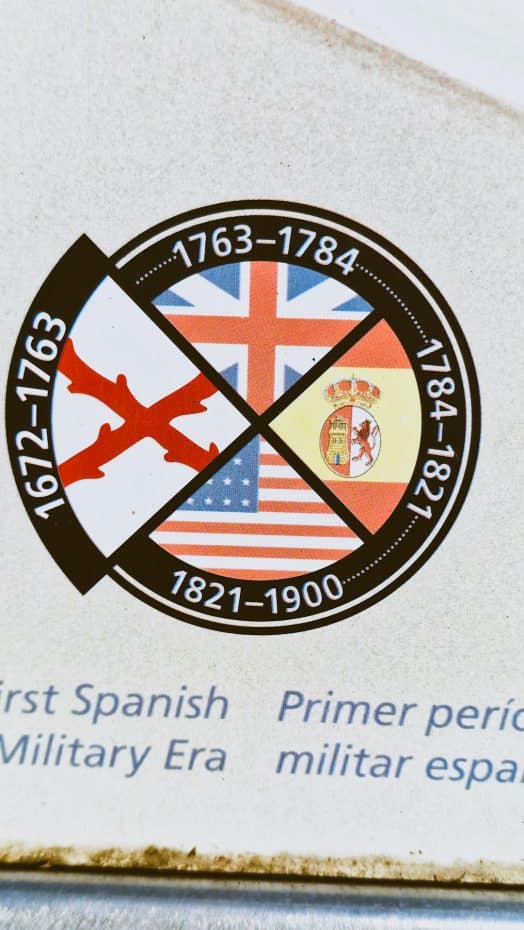
The Castillo features a star-shaped design and has served several nations throughout its history, including Spain, Britain, and the United States. It was declared a national monument in 1924 and is under the management of the U.S. National Park Service.
To visit the Castillo de San Marcos National Monument, the monument is open to visitors daily, except for certain holidays such as Christmas Day and Thanksgiving Day. Guests can enjoy self-guided tours throughout the fortress and attend living history demonstrations by park rangers or volunteers dressed in period attire. In addition to exploring the historic structure, visitors can learn about the rich history of St. Augustine at the on-site visitor center.
St. Augustine Lighthouse & Maritime Museum
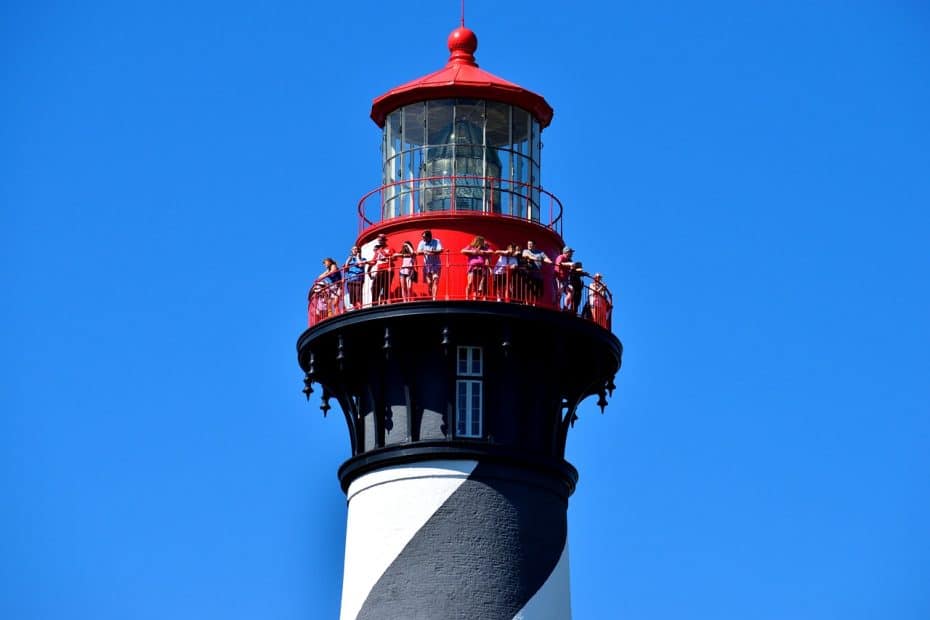
The St. Augustine Lighthouse & Maritime Museum is a historic site and museum in St. Augustine. The lighthouse was built in 1874 and is an active navigational aid for the nearby Atlantic coastal waters. The museum, which features exhibits on maritime history and the local area, is housed within the lighthouse’s original support buildings.
The history of the St. Augustine Lighthouse can be traced back to the Spanish settlers who occupied Florida in the 16th century. The first wooden watchtower was constructed in 1589 and replaced several times until the brick structure was completed in 1874. The lighthouse stands over 165 feet (50 meters) tall and contains a Fresnel lens that has guided ships safely through the waters since its installation.
Visitors to the St. Augustine Lighthouse & Maritime Museum can learn about local maritime history through exhibits that display ship models, artifacts recovered from shipwrecks, and information about lighthouse keepers who maintained the beacon through challenging conditions. Interactive exhibits and guided tours help bring this rich history to life for people of all ages.
To visit the St. Augustine Lighthouse & Maritime Museum, it is open daily from 9:00 a.m. to 6:00 p.m., except on select holidays. Tickets can be purchased at the museum entrance or online through their official website. Climbing to the top of the lighthouse provides breathtaking views of St. Augustine and its surrounding coastal landscape, but visitors should note that it requires climbing 219 steps.
Flagler College
Flagler College is a private college in St. Augustine, Florida. It was founded in 1968 and named after Henry M. Flagler, an American industrialist who was a crucial figure in the development of Florida.
The college is known for its beautiful campus and historic buildings, which include the Hotel Ponce de Leon, a former luxury hotel built by Flagler in 1888. This building, now called Ponce de Leon Hall, is famous for its striking architecture and has been designated as a U.S. National Historic Landmark.
St. George Street
St. George Street is known for its well-preserved history, unique architecture, and vibrant atmosphere.
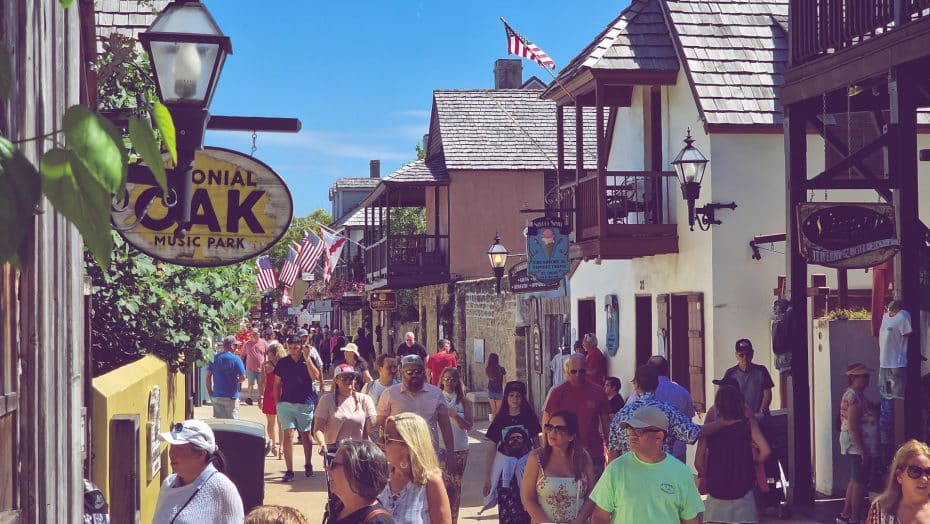
The street features a mix of historic buildings, museums, shops, restaurants, and galleries representing the city’s Spanish colonial past. Some notable attractions include the Oldest Wooden School House, the Colonial Quarter, and the St. Augustine Pirate & Treasure Museum. The architecture on St. George Street represents various periods and styles, giving visitors a glimpse into the city’s storied past.
It is best to park in a nearby public parking garage to visit St. George Street since the street is pedestrian-only for most of its length. This allows visitors to explore and enjoy the area at their leisure fully. The easiest way to get there is by car or public transportation such as local buses or trolleys.
While walking along St. George Street, visitors can learn about local history through guided tours or information provided at each historical site. Many dining options are available for those looking to try local cuisine or enjoy an ice cream on a hot summer day.
Lightner Museum
The Lightner Museum at 75 King St. houses an impressive collection of fine art, natural history exhibits, and historical artifacts from various periods. The museum is in The Alcazar—a former hotel built by Henry Flagler in 1887.
Fountain of Youth Archaeological Park
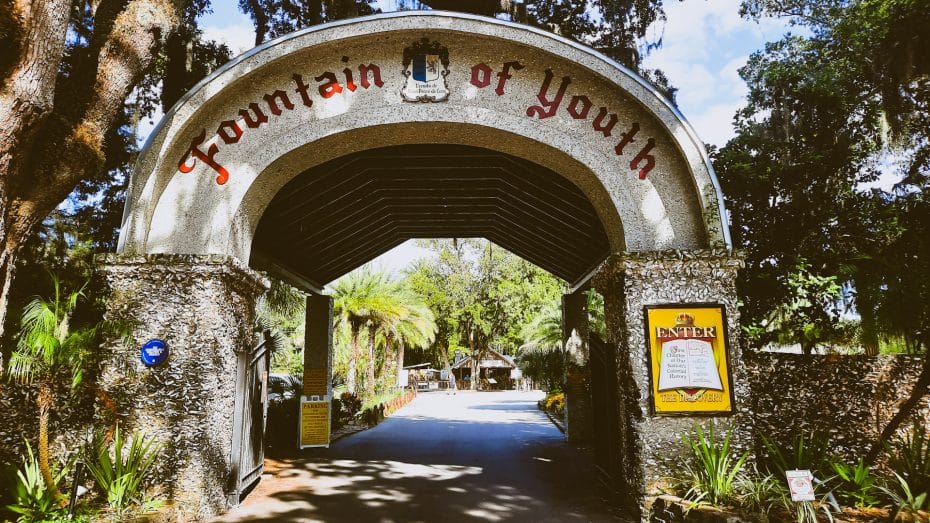
The Fountain of Youth Archaeological Park is a historic site famous for being the possible site where Spanish explorer Juan Ponce de León searched for the legendary Fountain of Youth in 1513. It features a natural spring that was believed to have healing properties.
The park is situated on 15 acres of land and showcases various exhibits related to the history of Spanish exploration and Native American cultures in the area. These include a reconstructed Timucua Native American village, reenactments of historical events, and an on-site museum displaying local archaeological artifacts.
To visit the Fountain of Youth Archaeological Park, travelers can access the park’s official website to book tickets and find information about opening hours and admission fees. The park is open daily, offering guided tours, self-guided tours, and various educational programs for individuals or groups. Public transportation and parking facilities are available near the site, making it easy for visitors to reach the location.
Ripley’s Believe It or Not! Museum
Ripley’s Believe It or Not! Museum in St. Augustine is a popular attraction featuring unusual and strange exhibits. The museum is located in the city of St. Augustine and is one of many Ripley’s Believe It or Not! museums found around the world.
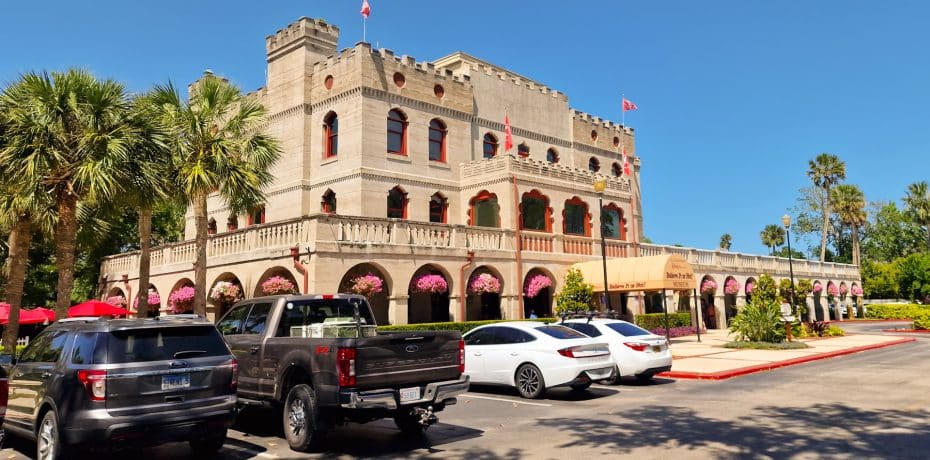
The history of the museum dates back to Robert Ripley, an American cartoonist, explorer, and collector of oddities who created the Ripley’s Believe It or Not! brand. In St. Augustine, the museum is housed in a historic building called Castle Warden, built in 1887 by William Warden as a winter residence. This Gothic Revival-style building was later used as a hotel before becoming the location for the museum.
Visitors to the museum can explore various exhibits and displays containing bizarre artifacts, artwork, and interactive experiences that showcase some of the world’s most unusual findings. Among the highlights are shrunken heads, unique artwork made from unconventional materials, optical illusions, and many other one-of-a-kind objects.
To visit Ripley’s Believe It or Not! Museum in St. Augustine, you can check their website for opening hours and admission prices. The museum is open year-round but may have varying hours depending on the season and holidays. The location is easily accessible by car or public transportation, with nearby parking.
Mission Nombre de Dios
Mission Nombre de Dios (89 A1A Scenic and Historic Coastal Byway, St. Augustine, FL 32084) is a historic site in Saint Augustine that pays tribute to the early settlers of Florida. Established in 1565 by Spanish explorer Pedro Menéndez de Avilés, it marks the founding of America’s oldest city.
The mission includes a chapel, visitor center, and museum detailing the history of Spanish colonization in the area. Visitors can take guided tours or wander the grounds at their leisure, which are open daily from sunrise to sunset.
Aviles Street
Aviles Street is known as the “oldest street” in the United States. Originally built as a bustling commercial hub by the Spanish in the 16th century, it has since evolved into a vibrant cultural center filled with art galleries, restaurants, and boutique shops. The street’s cobblestone walkways and historic architecture glimpse the city’s past.
St. Augustine Alligator Farm Zoological Park
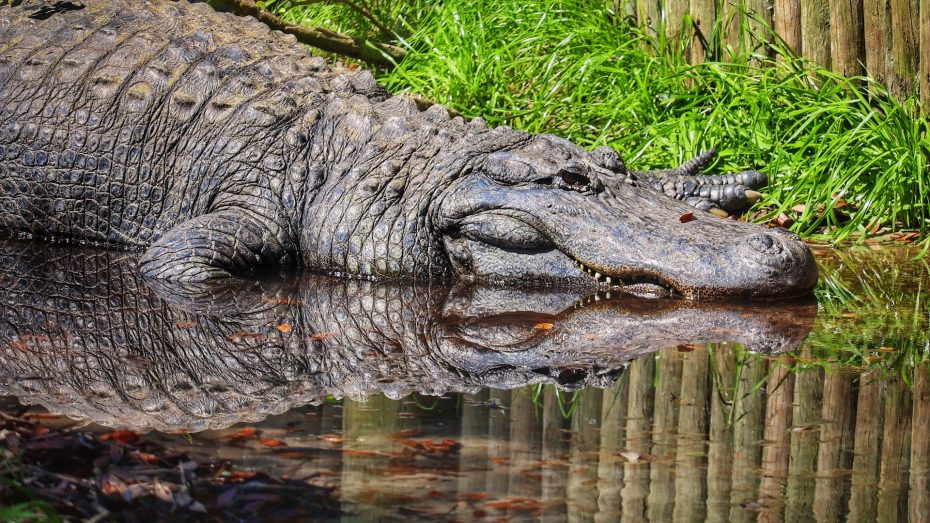
St. Augustine Alligator Farm Zoological Park is a popular tourist attraction and educational facility in St. Augustine, Florida. It is one of the oldest zoological parks in the United States. Initially, the facility started as a small exhibition of Florida native reptiles but gradually expanded to include a wide variety of animals from all over the world.
The park covers an area of 7 acres and is home to various species of alligators, crocodiles, birds, and other reptiles. It serves as an important sanctuary for research and conservation efforts on different species. Notably, it features all 24 currently recognized species of crocodilians. St. Augustine Alligator Farm Zoological Park is accredited by the Association of Zoos and Aquariums (AZA), ensuring high standards of animal care and conservation.
Visitors can find several exhibits at the park, such as Crocodile Crossing – a zipline adventure through the zoo – and Land of Crocodiles, showcasing various species of crocodiles and caimans. Other attractions include Maximo, a saltwater crocodile reaching 15 feet in length; Lemurs of Madagascar; Wading Birds; Python Territory; and Reptiles of the World.
To visit St. Augustine Alligator Farm Zoological Park, tickets can be purchased at the entrance or via their official website. The park opens daily from 9 AM to 5 PM, offering various events throughout the year like guided tours, interactive wildlife programs, and summer camps for children.
St. Augustine Alligator Farm Zoological Park is located at 999 Anastasia Boulevard, St. Augustine, Florida 32080. Adequate parking facilities are available on-site for visitors arriving by car. Public transportation options include bus services that connect the park with downtown St. Augustine as well as nearby hotels and attractions in the area.
Cathedral Basilica of St. Augustine
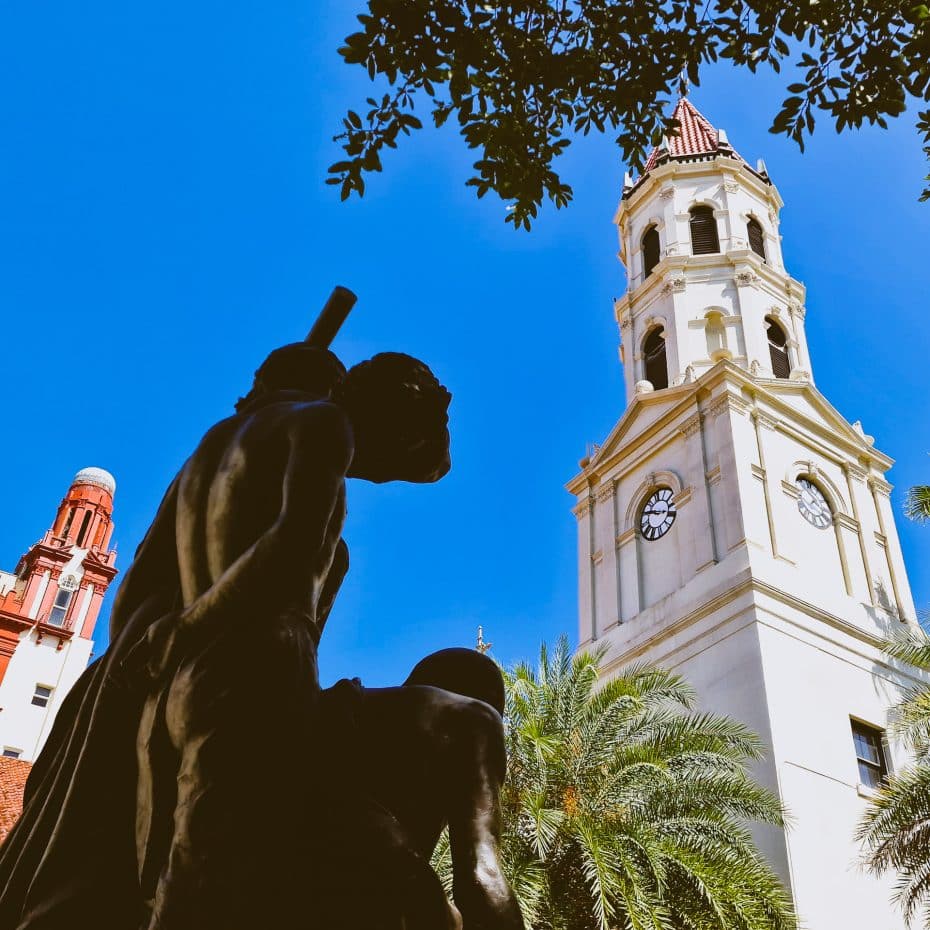
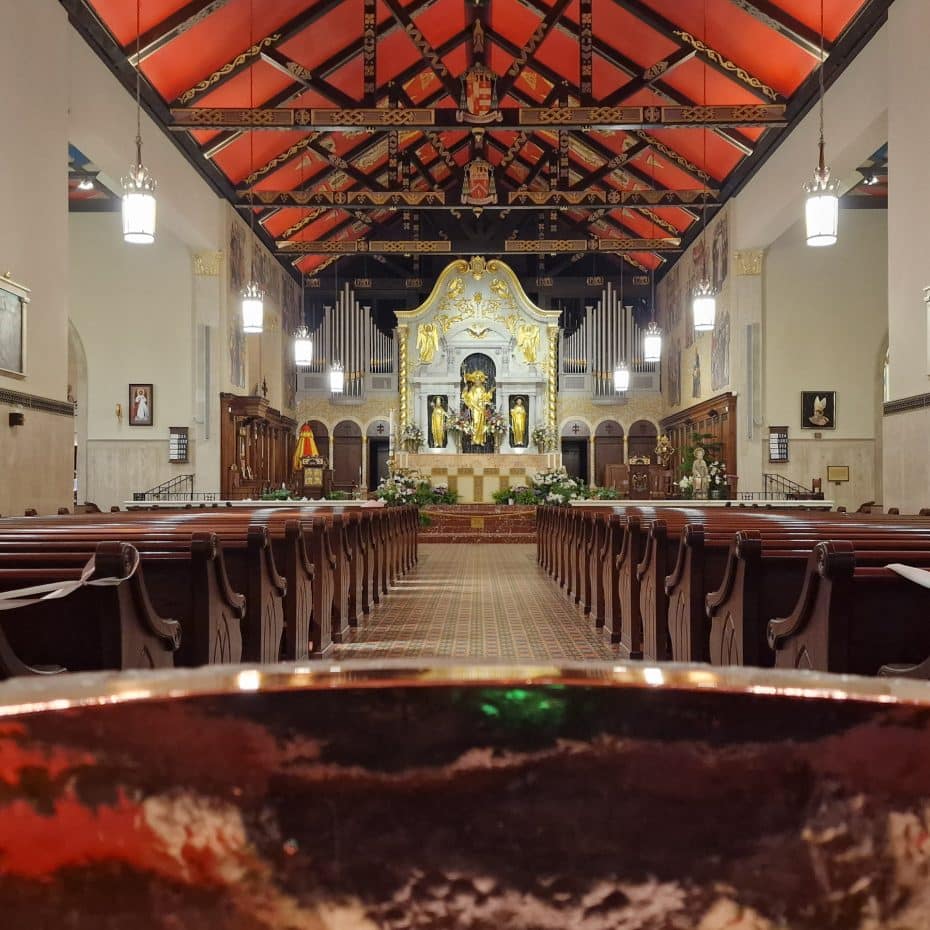
The Cathedral Basilica of St. Augustine is a historic church founded in 1565 by Spanish settlers. It is the oldest cathedral in the United States, with a rich history spanning over four centuries. The Cathedral Basilica is an important landmark within the St. Augustine historic district and serves as the seat of the Roman Catholic Bishop of St. Augustine.
Constructed in Spanish and Gothic architecture, the Cathedral Basilica of St. Augustine has tall, narrow windows that allow sunlight to pour inside, illuminating the interior’s beautiful artwork and sculptures. Visitors can appreciate the ornate altar and numerous frescoes adorning the walls, reflecting various periods in its history.
To visit the Cathedral Basilica of St. Augustine, one can travel to St. Augustine’s historic district, where the church is at 38 Cathedral Place Street. It is open daily for self-guided tours and houses a museum with artifacts related to its history and religious significance. Guided tours are available on certain days for those interested in learning more about the church’s architectural origins and historical importance.
Plaza de la Constitución
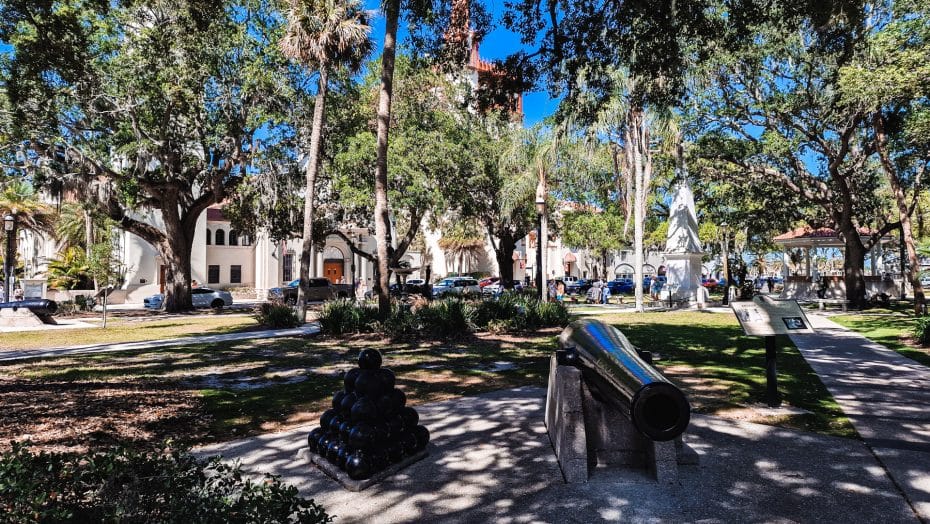
Plaza de la Constitución is a historic public square in St. Augustine, Florida, United States. It was established in 1573 by Spanish settlers and has been an important place for the city’s community since then. The plaza is in the heart of downtown St. Augustine. It is surrounded by several historical buildings like the Cathedral Basilica of St. Augustine, The Governor’s House Cultural Center, Flagler College, and the shops and restaurants on St. George Street.
The name “Plaza de la Constitución” comes from the monument in the plaza’s center dedicated to Spain’s 1812 constitution. The plaza was named after this monument in 1813. Over time, other monuments have been added to the plaza, including an obelisk honoring Florida’s Confederate soldiers and a statue of a Spanish soldier to remember the city’s Spanish history.
Today, Plaza de la Constitución hosts many events throughout the year, including live music performances, holiday celebrations, art markets, and more. Visitors can enjoy sitting on park benches under large oak trees or strolling along pedestrian pathways through the plaza.
Fort Matanzas National Monument
Fort Matanzas National Monument is a Spanish fortification located at 8635 A1A South, St. Augustine, Florida, built in 1740 to protect the city from invading British forces. It is a part of the National Park Service and offers free access to the public. Access to the fort is through a ferry ride providing a guided tour.



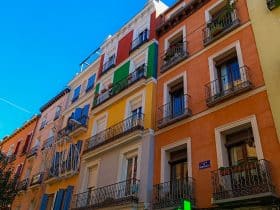
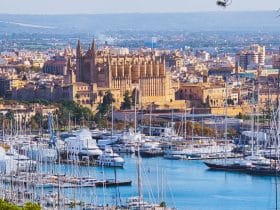
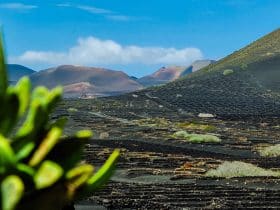
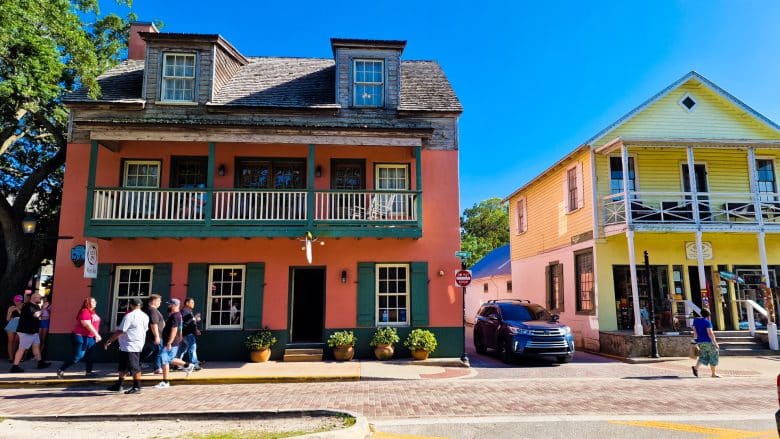
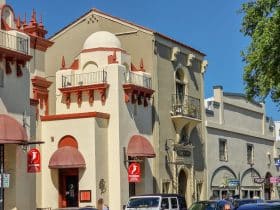
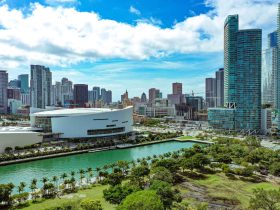
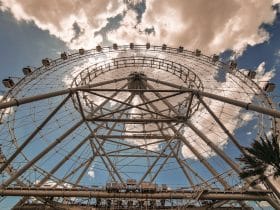
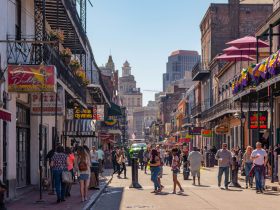
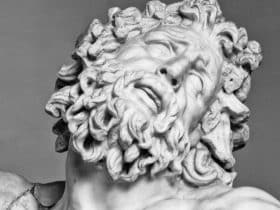
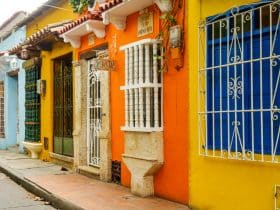












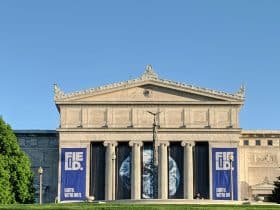
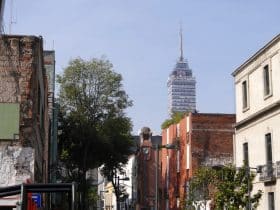
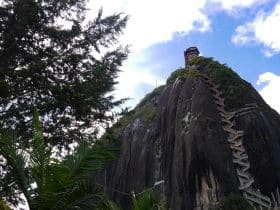
Leave a Reply
View Comments